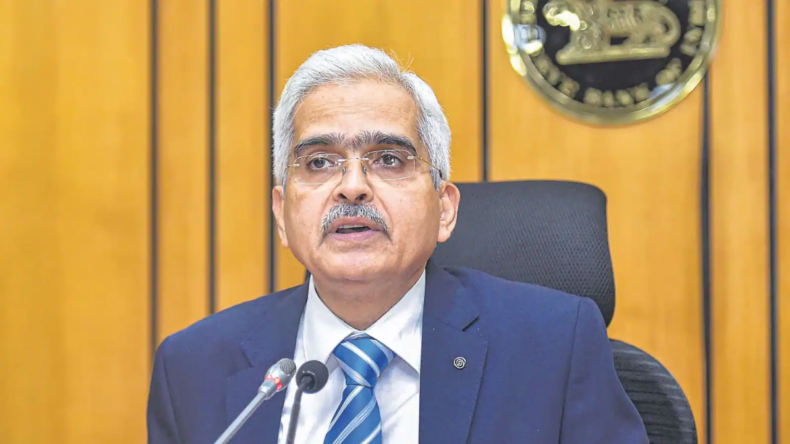The Monetary Policy Survey (MPC) is conducted once every two months. Conducted as recently as April with the next one in June, but in a shocking press meeting organized last afternoon RBI Governor Shktikanta Das announced a 40-basis point rise in the repo rate and 50 basis points in Cash Reserve Ratio (CRR)
This move by RBI is mainly focused to suck out liquidity and control the rising inflation but has led to a market crash in which investors have lost around Rs. 6.27 lakh crore.
The Possible Consequences
Interest rates in the banking system are set to go up after the Reserve Bank of India on Wednesday jacked up the repo rate and the cash reserve ratio. However, the central bank retained the accommodative monetary policy in an unscheduled meeting of the Monetary Policy Committee (MPC) on Wednesday.
The Press Conference
RBI Governor Shaktikanta Das announced that the Monetary Policy Committee (MPC) had met over the previous two days and unanimously decided to raise the benchmark interest rate in the economy. RBI has argued that it is concerned about the rising level of inflation.
By raising the repo rate, RBI hopes to incentivize people to spend less and save more, thus cooling down demand in the economy by a sort of extension. The reason for high inflation has tended to change over the months but overall, inflation has remained high.
Sometimes it has been fueled by high crude oil prices as well as the high level of taxation on such fuels, which is currently going on.
Since October 2019 RBI has very openly given first preference to boost growth by keeping interest rates low instead of controlling inflation.
Impact: Positive or Negative?
EMIs on home, vehicle, and other personal and corporate loans are likely to go up. Deposit rates are also set to rise after the repo rate hike that came after nearly four years.
By hiking the repo rate and CRR, RBI is aiming to keep inflation (which is already at 7%) at its desired level and control the money flow into the banking system at a time when the global economy is facing turbulent times.
The hike in repo rate means the cost of funds will go up which will prompt banks and NBFCs to raise the lending and deposit rates in the upcoming days.
However, analysts say that consumption and demand can be impacted by the repo rate hike and RBI last hiked the repo rates by 25bps to 6.50% in August 2018. SBI and many other banks recently raised the MCLR (Marginal Costs of funds-based Lending Rate) point anticipating the hike.
Impact of CRR hike
CRR is the % of depositor’s money that commercial banks have to mandatorily park with the RBI. The 50-bps hike in CRR will suck out Rs. 87,000 crores from the banking system. The lendable resources of the bank will come down accordingly.
This also means the cost of funds will go up and the bank’s net interest margins could get adversely impacted.
In the United States, Federal Reserve Bank has also hiked rates by 0.50% and will shrink assets to curb inflation.
Read Also – RBI increases repo rate to 4.40% with immediate effect













